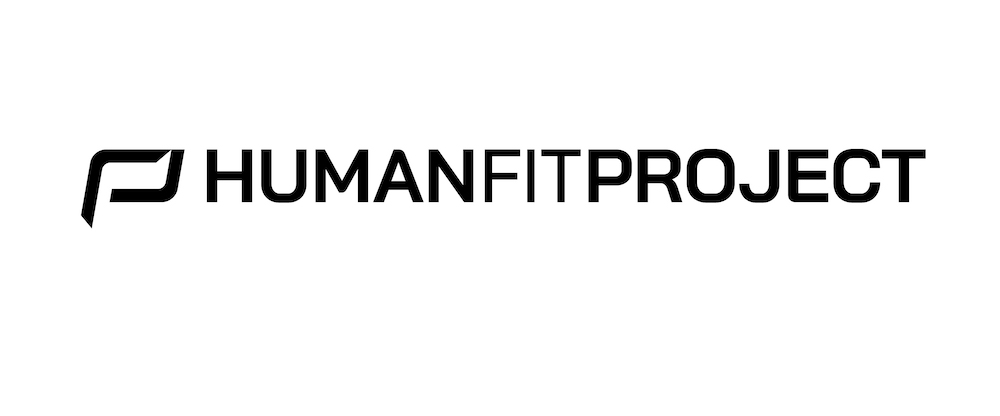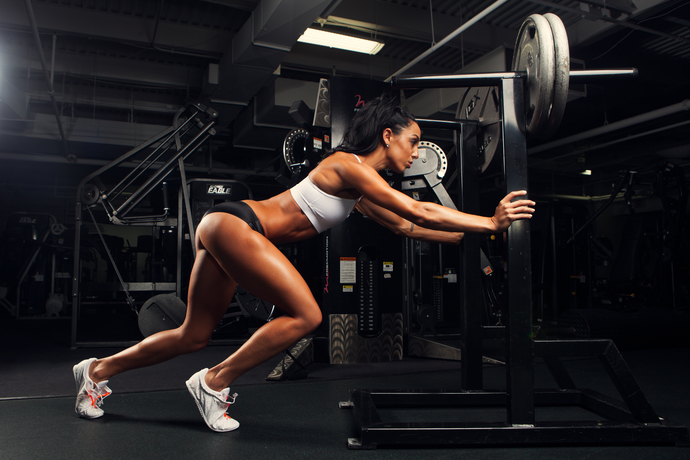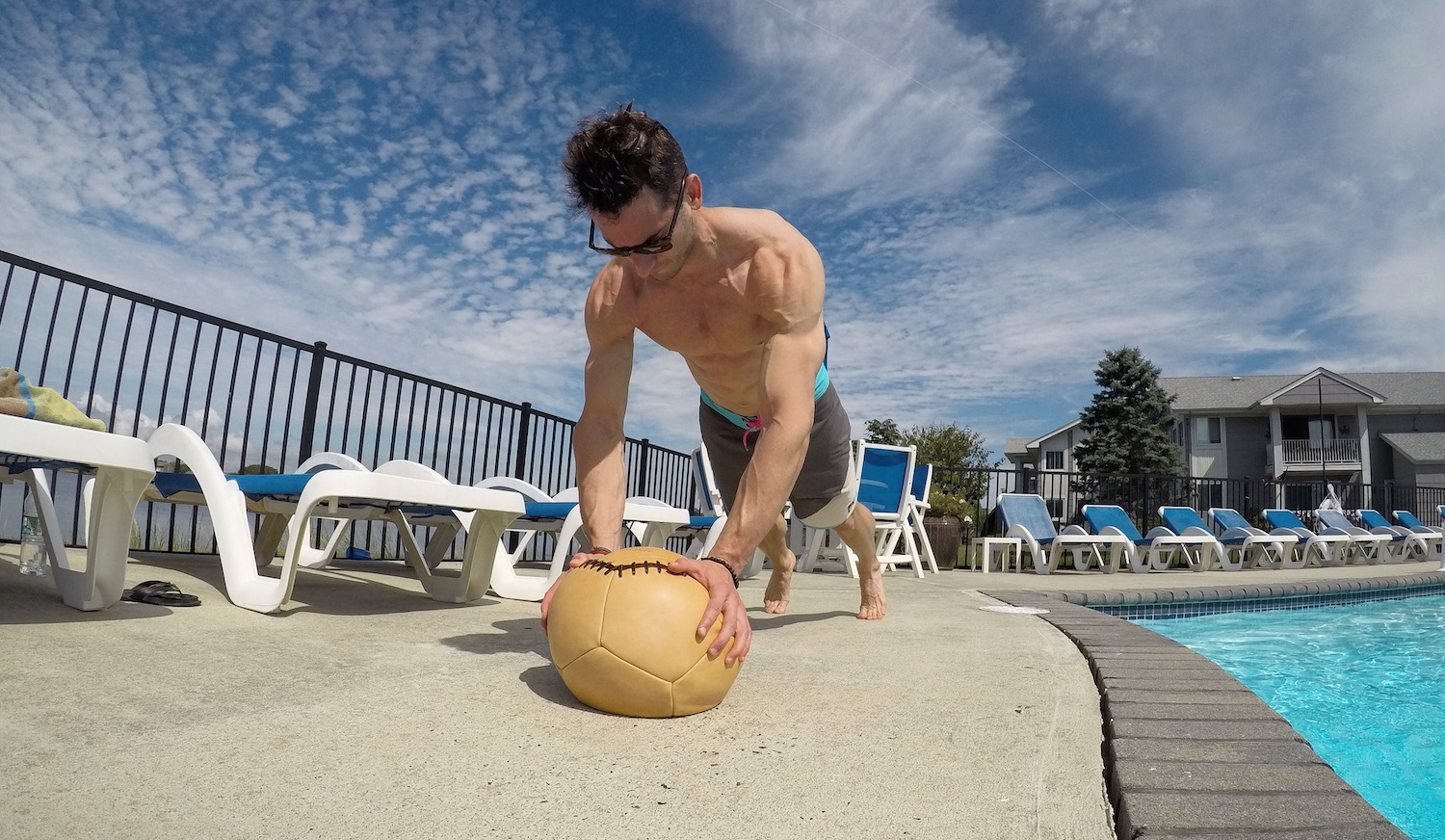Not seeing the results you want anymore especially after kicking butt everyday in the gym? It’s probably time to make a change to your fitness programming. Here are 6 keys to help you start seeing positive changes in your body again.
Progress your exercises
One sure-fire way to hold yourself back from the results that you want is to consistently perform the same exercises with the same weight, reps and sets during each workout. To make change you’ve got to increase the demands placed on your body. Some ways you can do this are, by adding more load, increasing the reps, increasing the sets and by decreasing the rest periods. No need to make all of these changes at the same time or even every workout, but once you get used to or are able to accomplish a move with a certain number of weight , reps or sets, go ahead and up the load during your next workout. Another way to progress your exercises is by putting your balancing skills to the test. For example, rather than performing stationary lunges, perform walking lunges.
Chill out
If you’re a gym-nut, you know it’s hard to do this without that feeling of guilt. But for optimal results, rest is essential. The affects of the workout actually happens after the session. During rest is when the body repairs and rebuilds muscles and replenishes energy stores. On your rest day, perform an activity on the lighter side such as a jog, a swim or a basketball game. Taking a break like this will not only help your body recover but it will also boost your regular gym time performance.
Enhance your workout program with a new style
By incorporating something that is new to you, your body will get out of that workout slump. For example, if you only lift with dumbbells, learn how to use kettlebells and throw them in the mix too. Remember that once your body gets used to moving in one particular fashion, you won’t see results until you change something.
Have an activity for every season
Change is the key word when it comes to developing your plateau busting strategy. What better time to change your activity up than when the seasons change? This will keep you varying your training/ workouts automatically. For example, in the winter, snowboarding requires agility, strength and lower body power. Moves such as jump turns, lateral squats, squat jumps, and torso rotations are great additions to your program. In the summer, paddling sports such as white water rafting or kayaking require endurance and strength training. Especially if you’ll be out on the water for long periods you’ll need some serious upper body strength. Standing rows, seated rows, the rower, pull ups and pushups, torso rotation exercises are samples of what to include in your training for rafting. Don’t forget the core and legs. Front and side planks are beneficial and for legs squats and low cable deadlifts work.
Don’t skimp on your warm up
Use your pre workout to set the tone through the end of your actual session. Foam rolling and performing a dynamic warm up will do this. First, performing a self massage with the foam roller is a super way to help speed up recovery. It helps relieve soreness and increase circulation. Next, compared to static stretching where the stretch is held in one position for a set period of time, dynamic warm ups involve movement during the stretch. One key to optimizing the warm up is to perform the actual workout at a slower pace with less or no load. This gets the muscles nice and prepped for action.
Dial into your diet
Healthy eating habits are critical to your fitness program. Just as with the exercise portion of a plan, there is always something that can be changed about your diet that will help the body continue to see results. For example, if you’re not shedding the fat you want and if you’re one to eat a bagel or muffin every morning, cut those out and see what happens to your physique. On the flip side, if your goal is to add size with lean muscle then you’d take in more calories (lean protein, carbs and fats). Keep any eye on your body composition results to make sure you’re not gaining more body fat than lean muscle.
This content was originally and exclusively published on HUMANFITPROJECT.com







